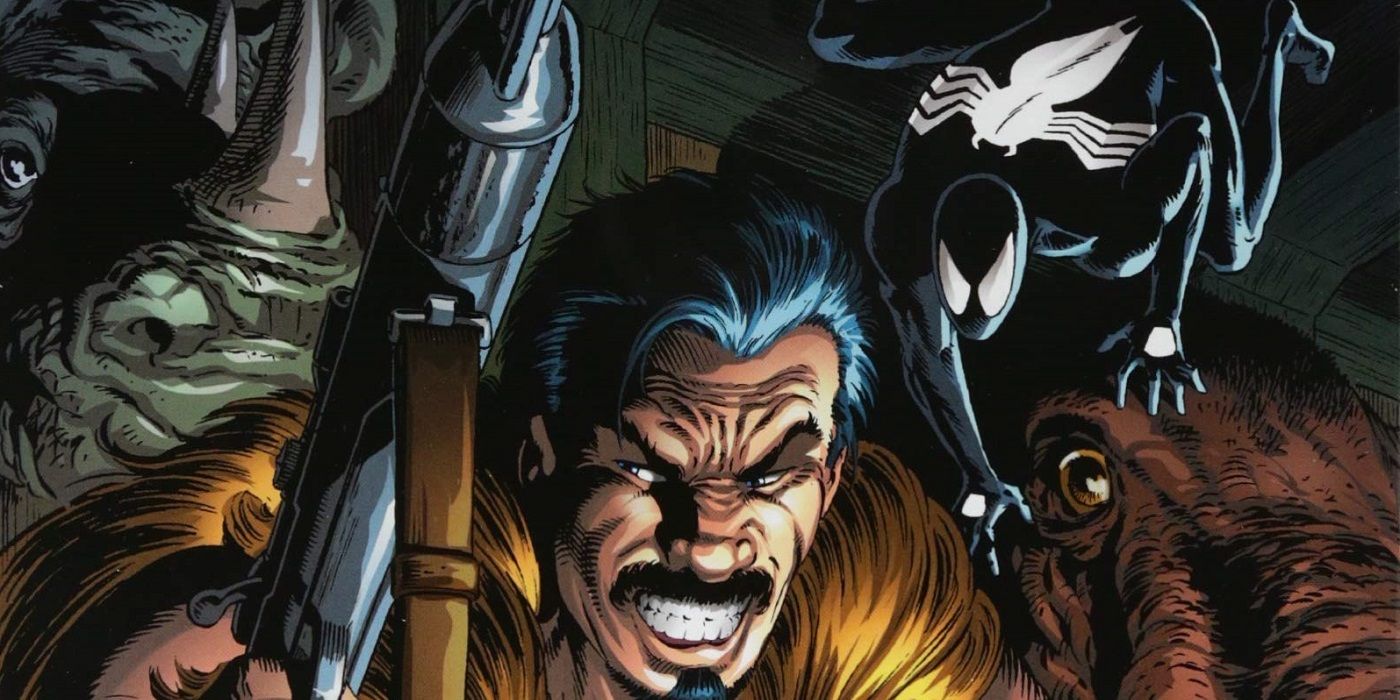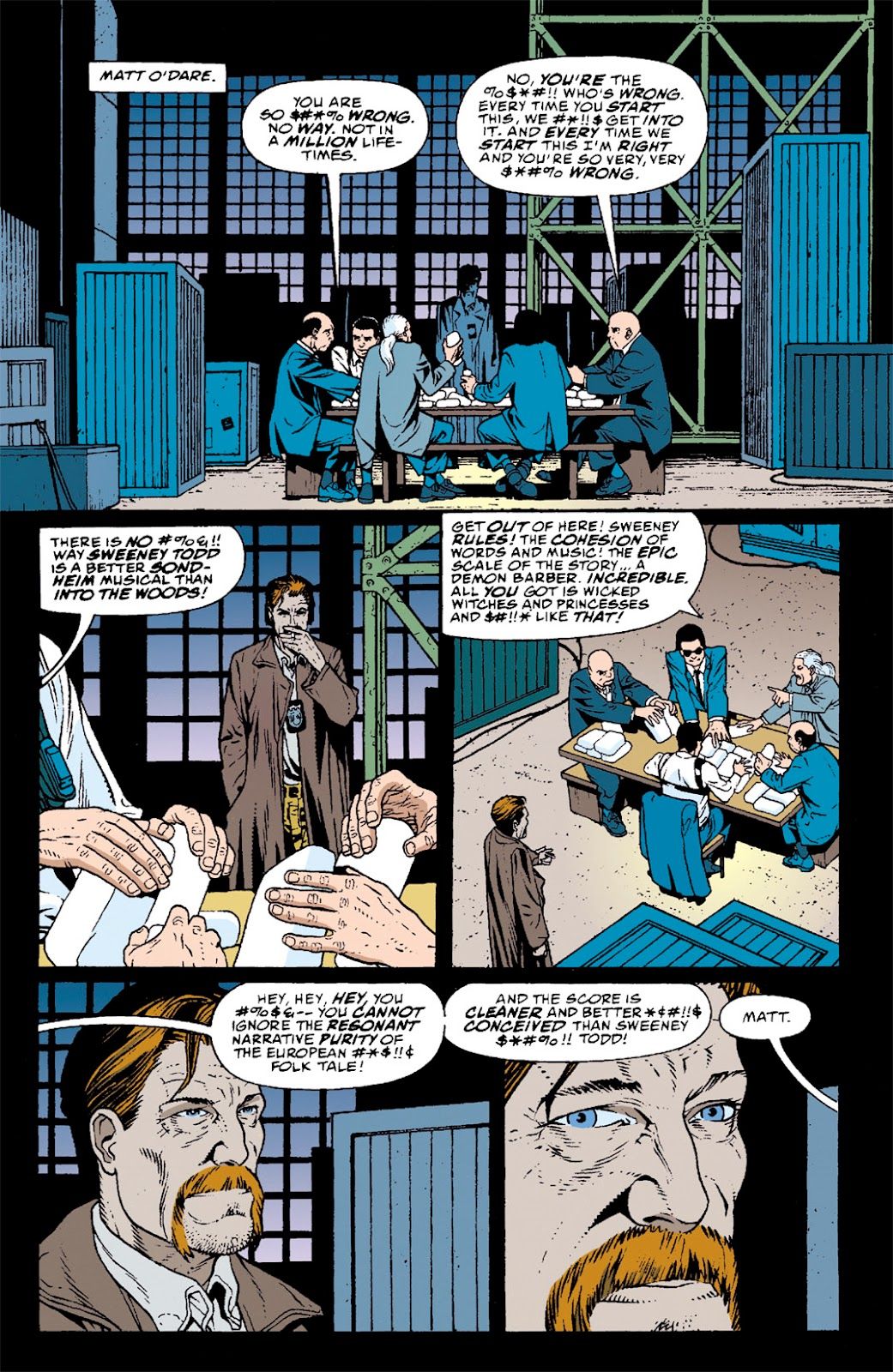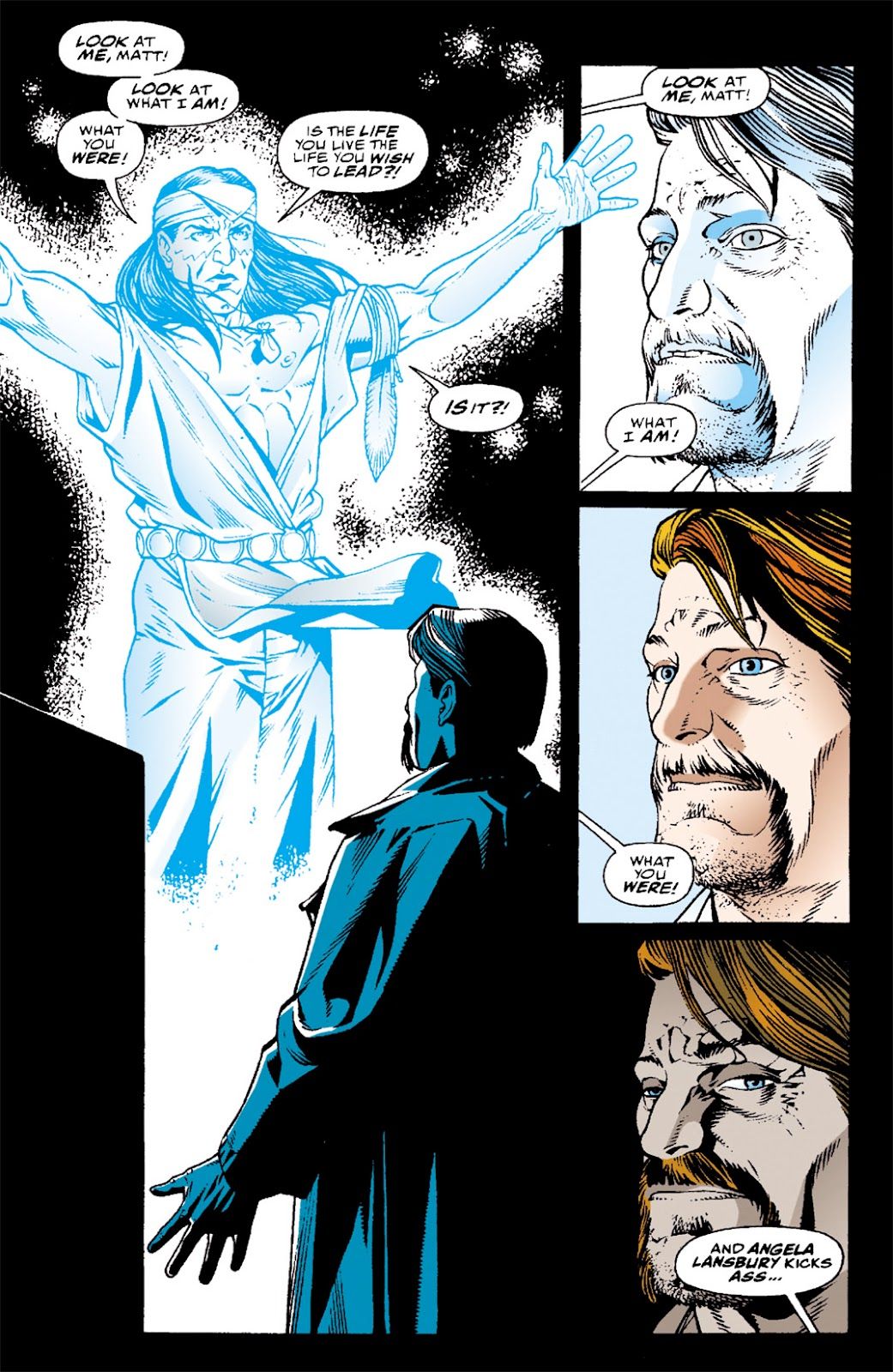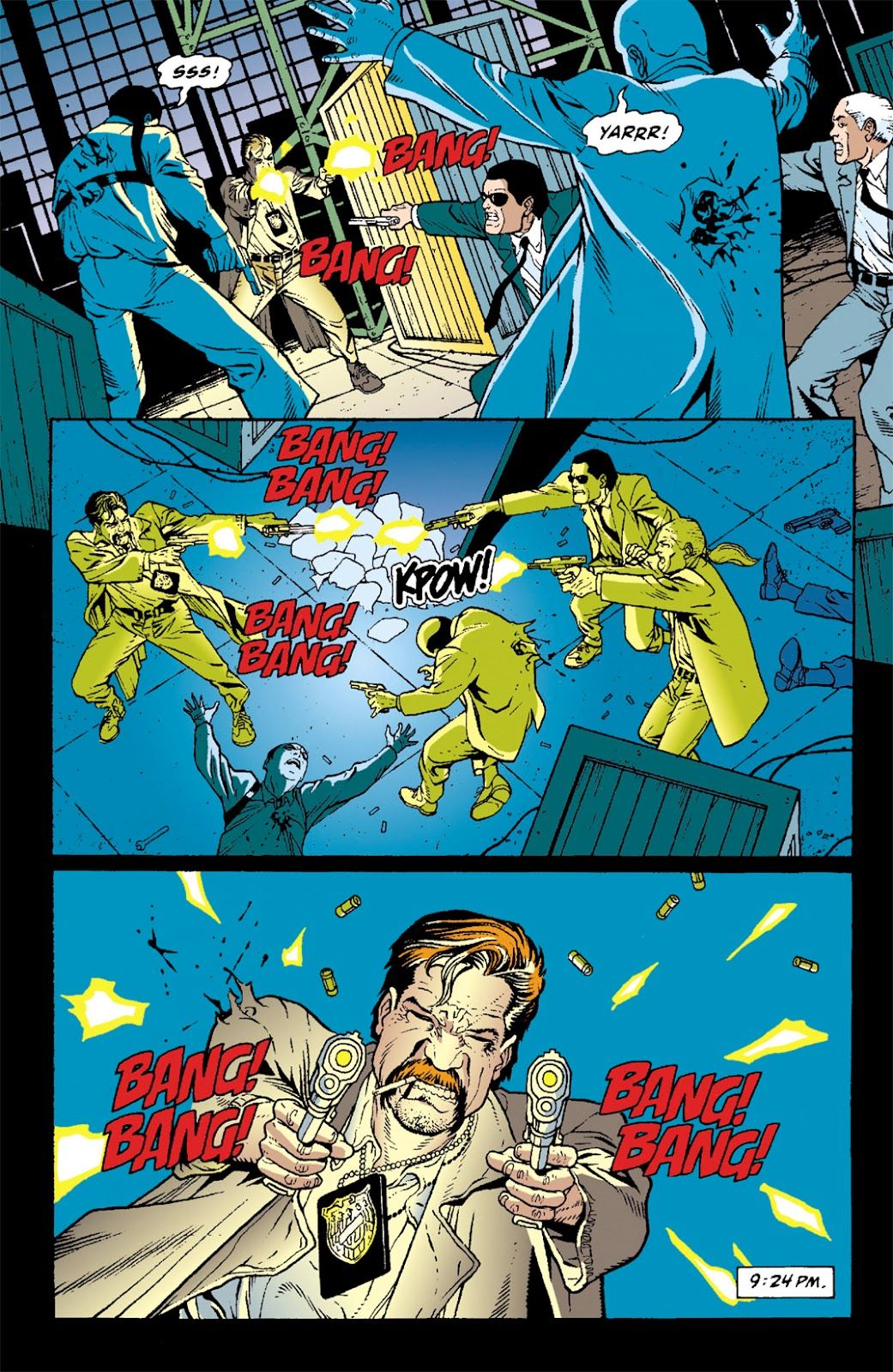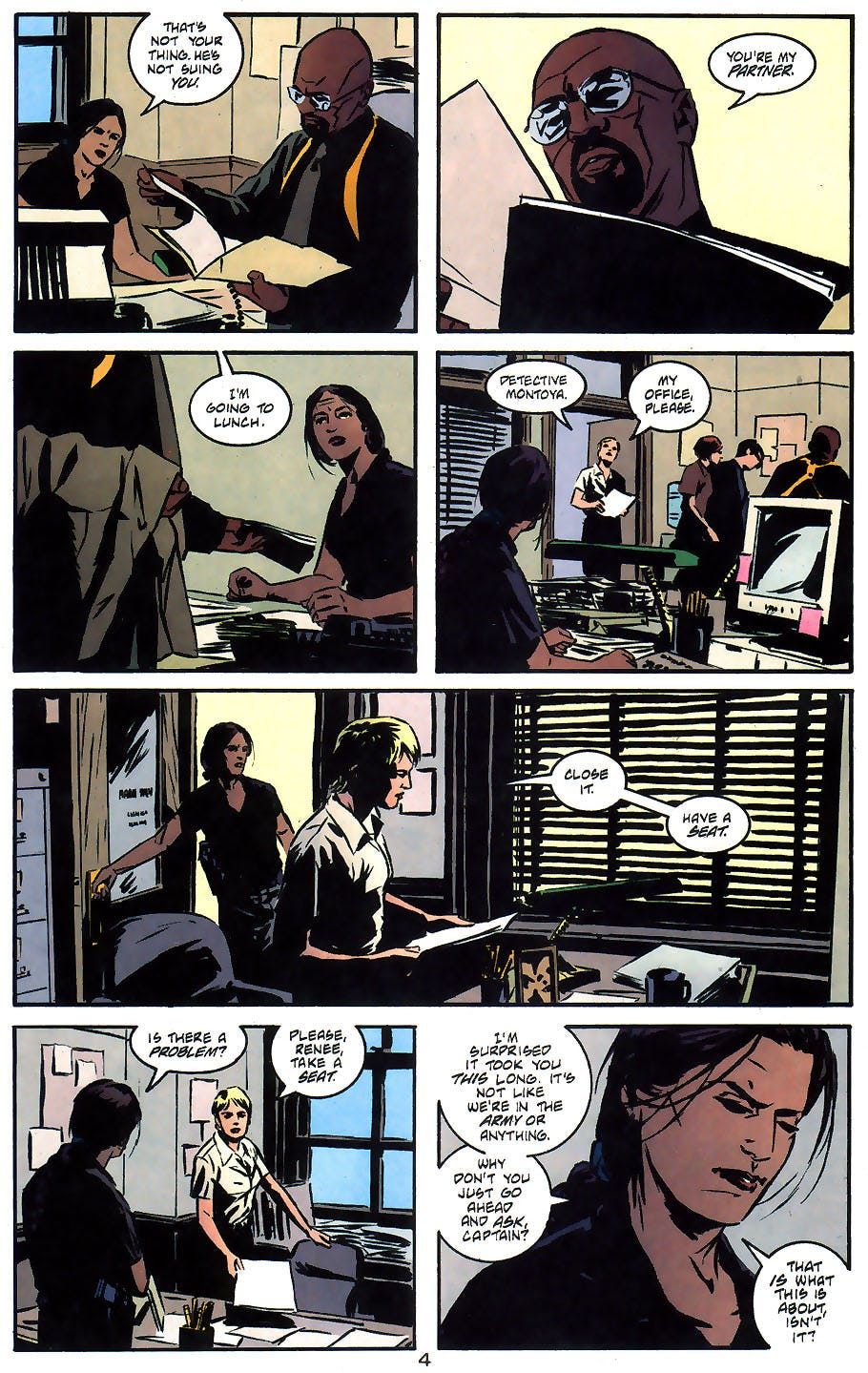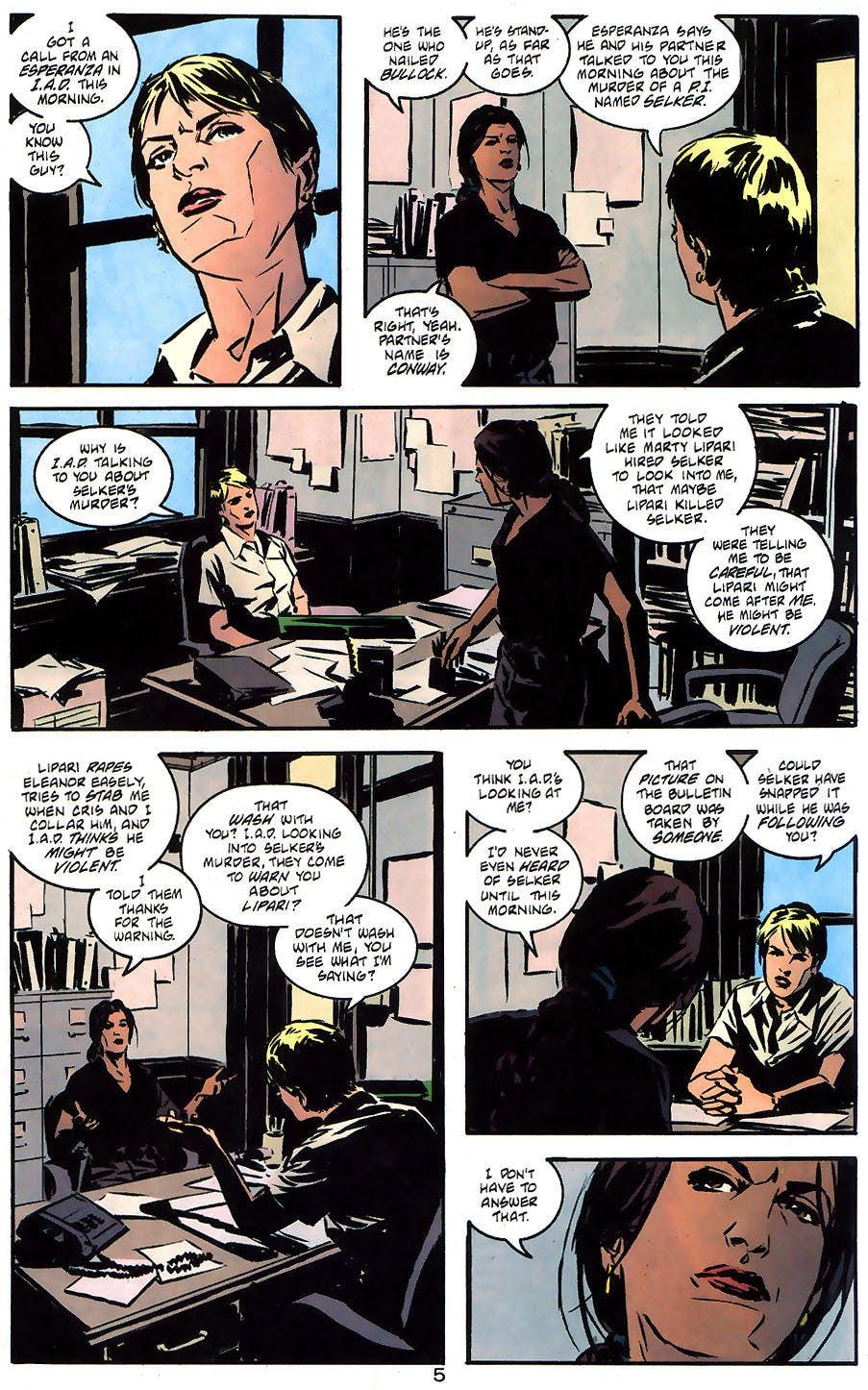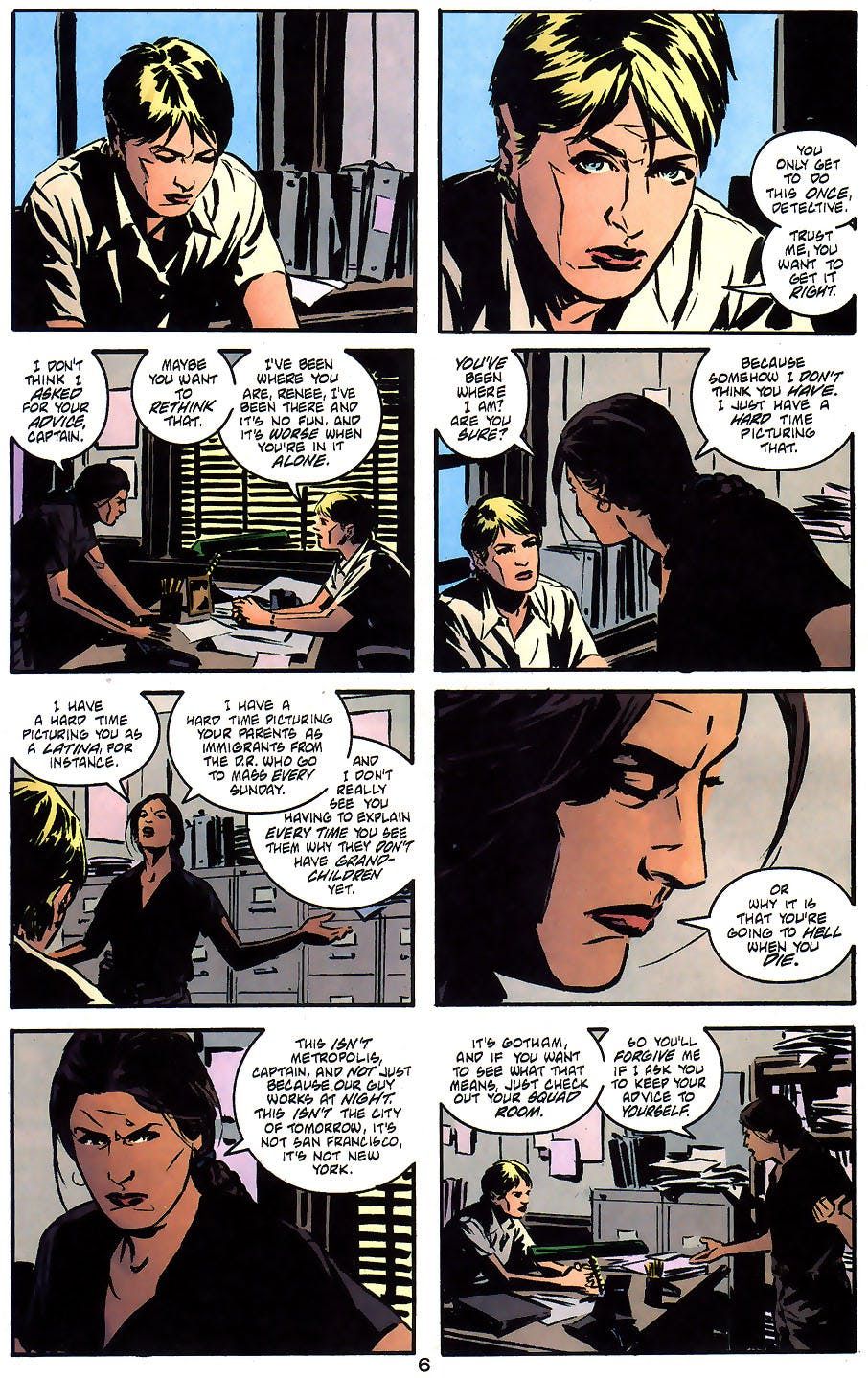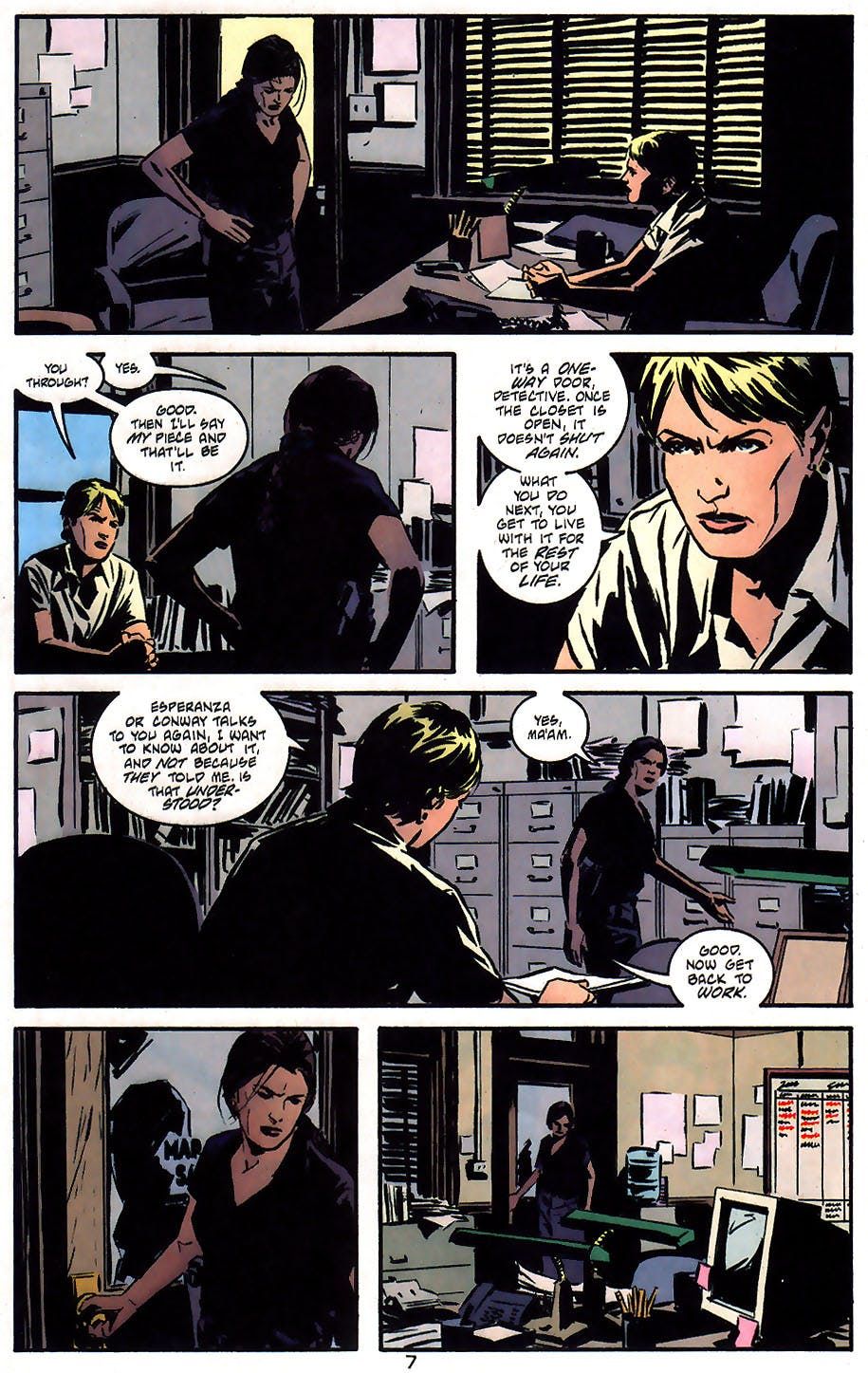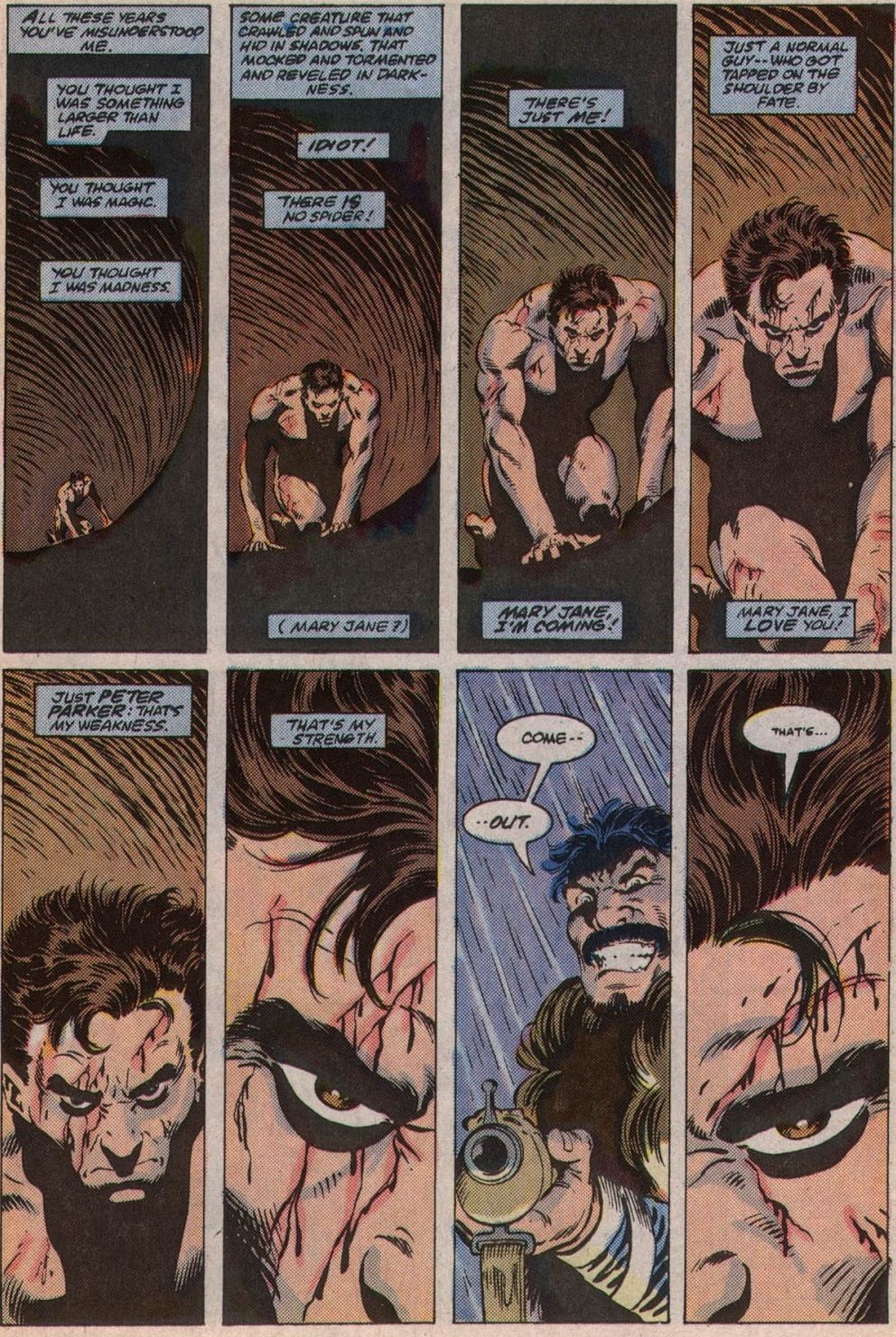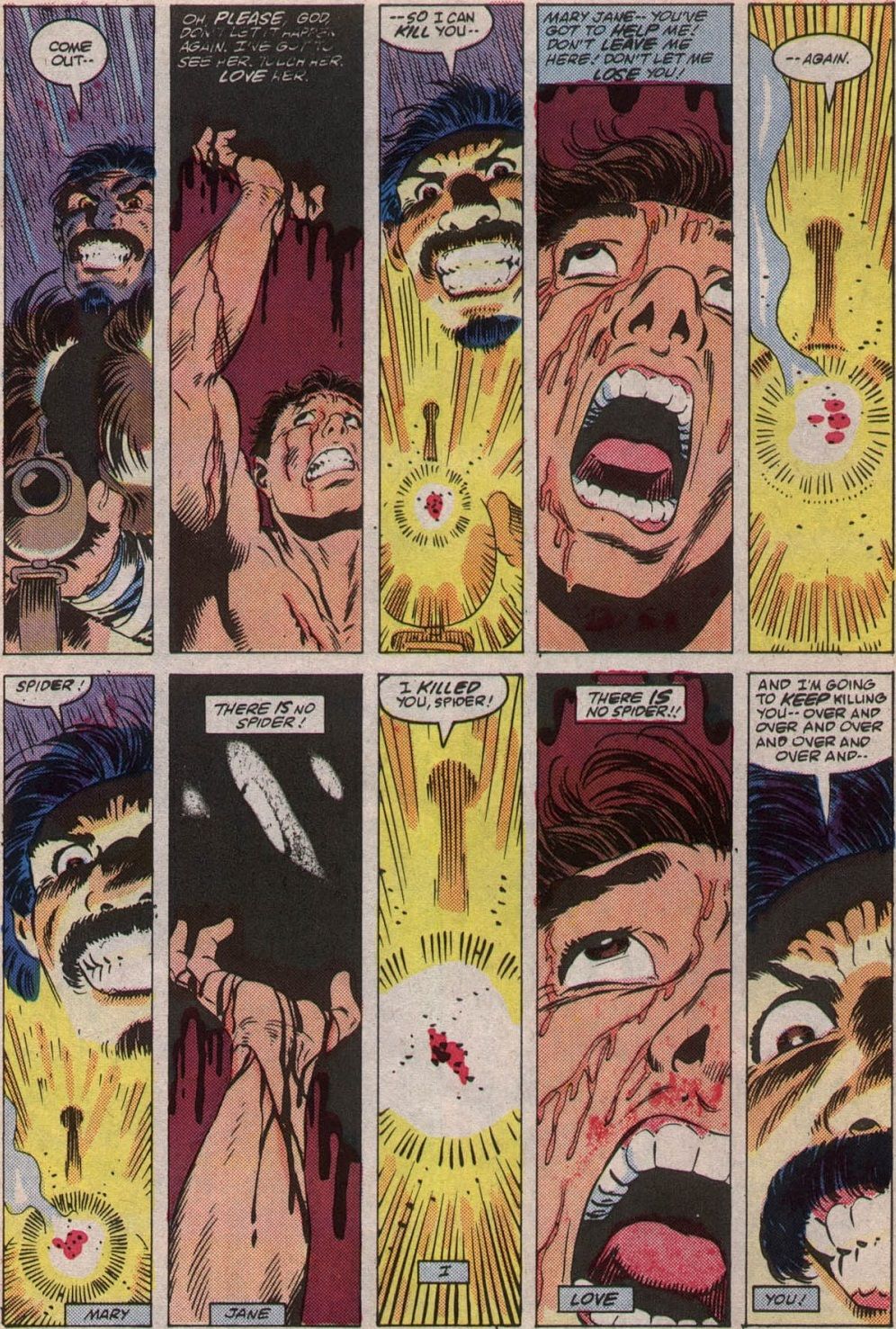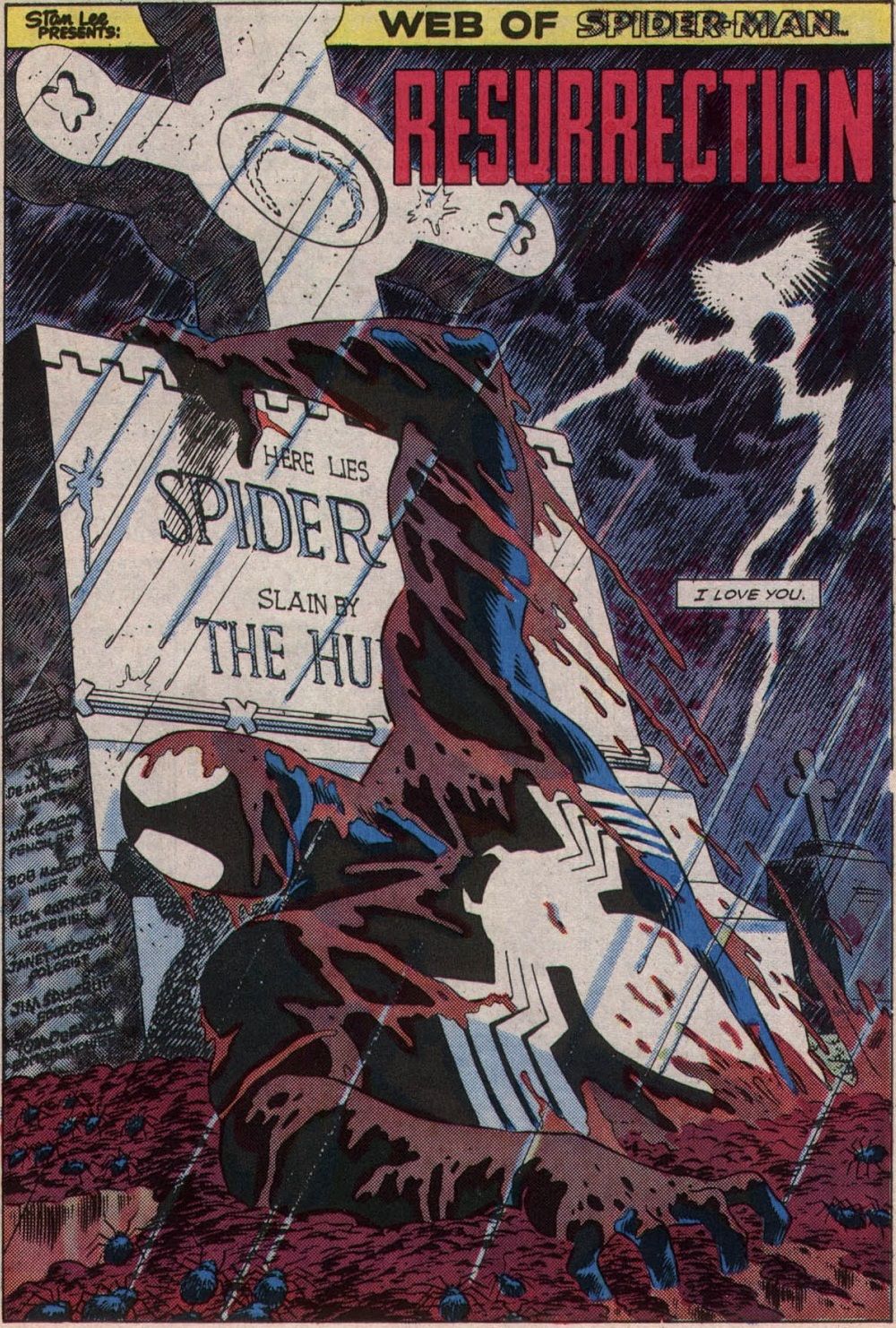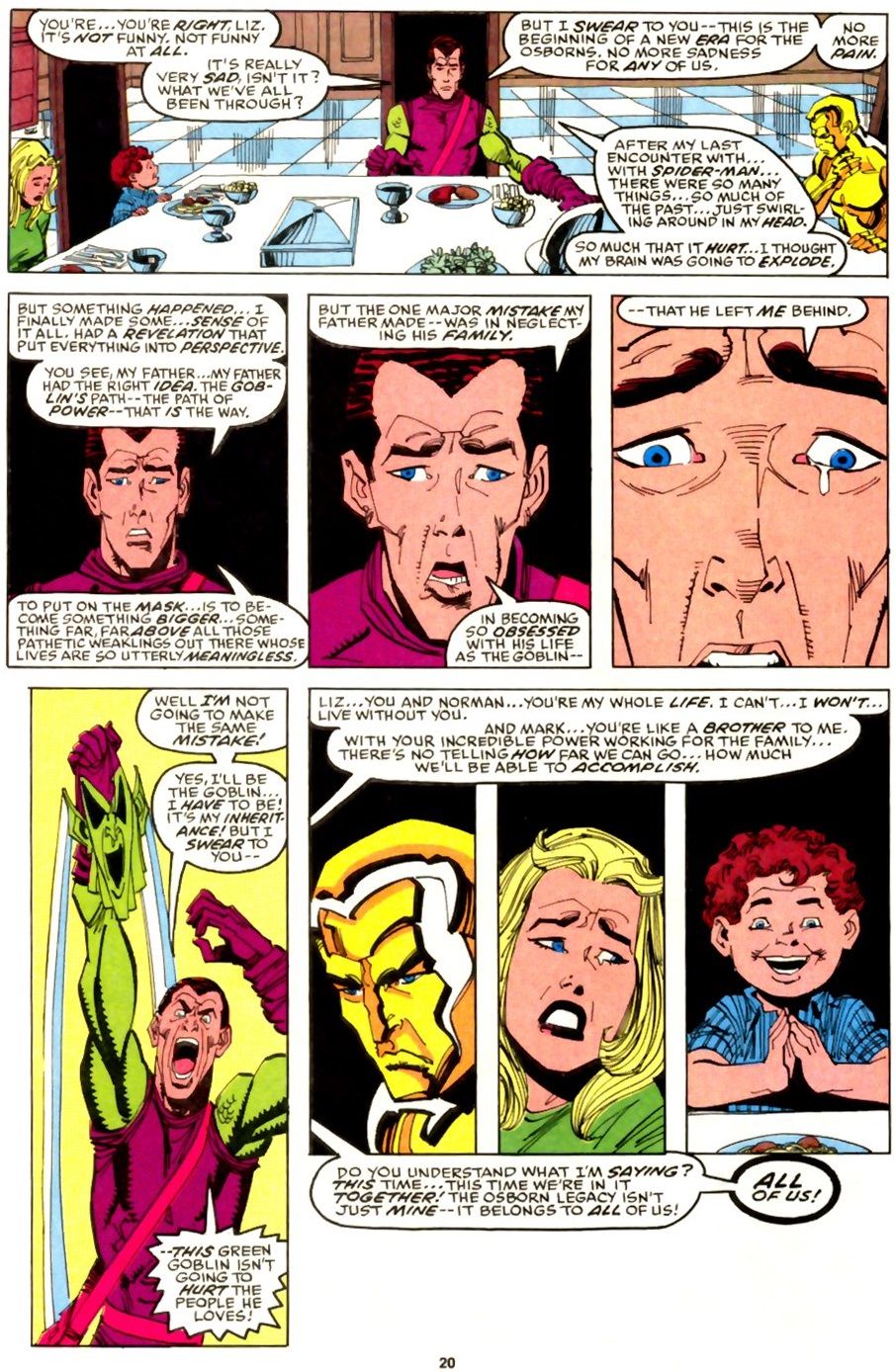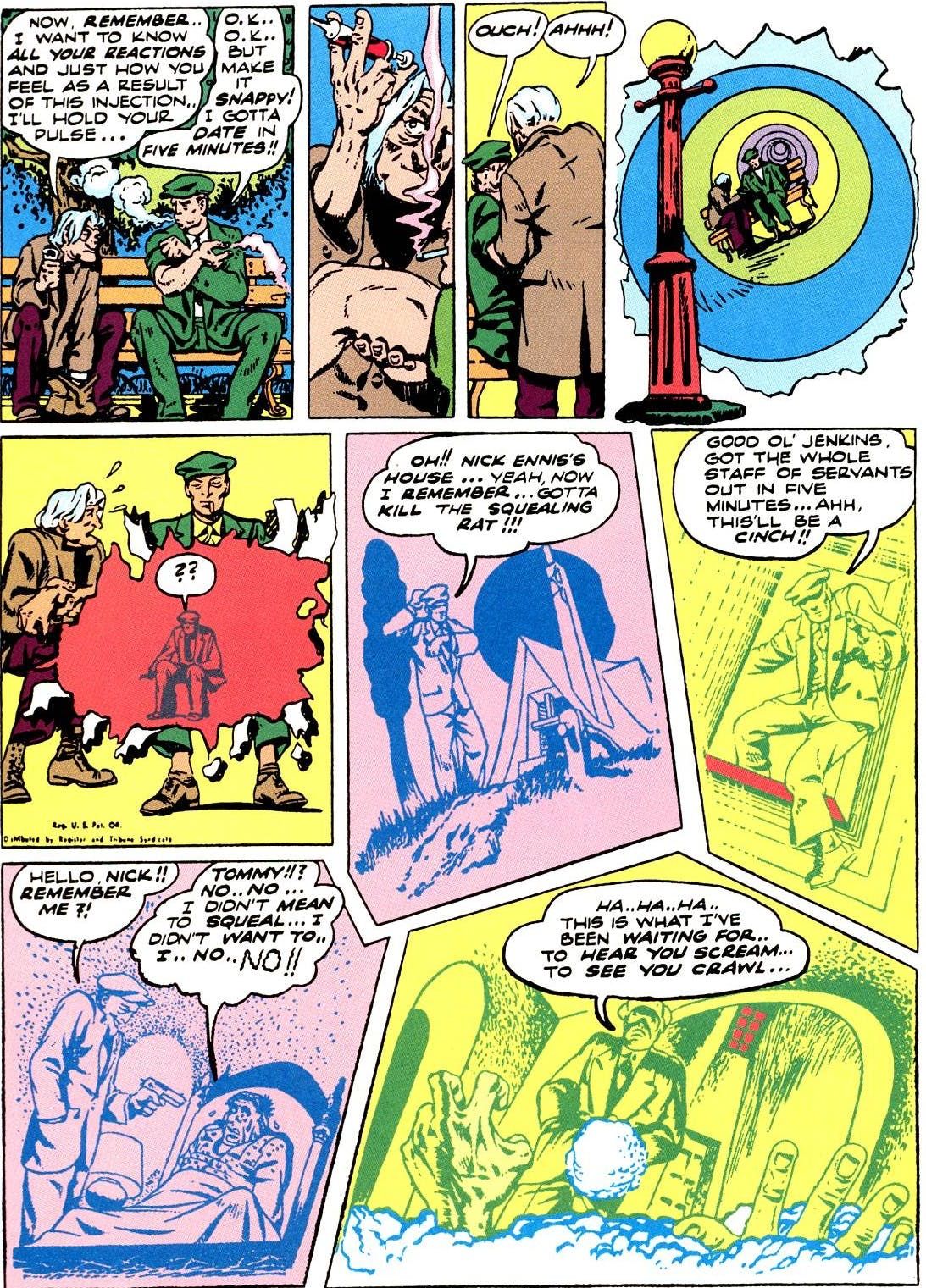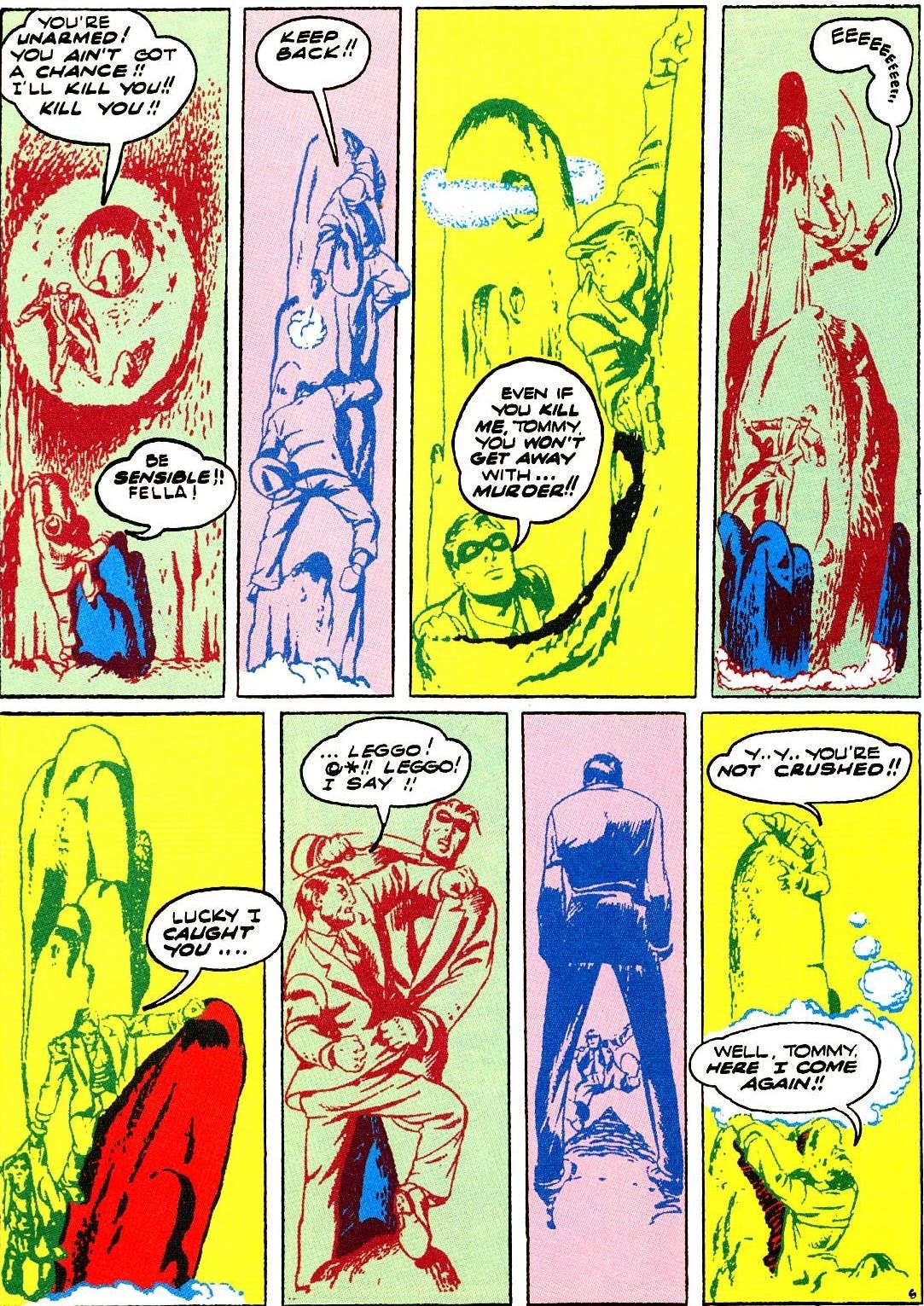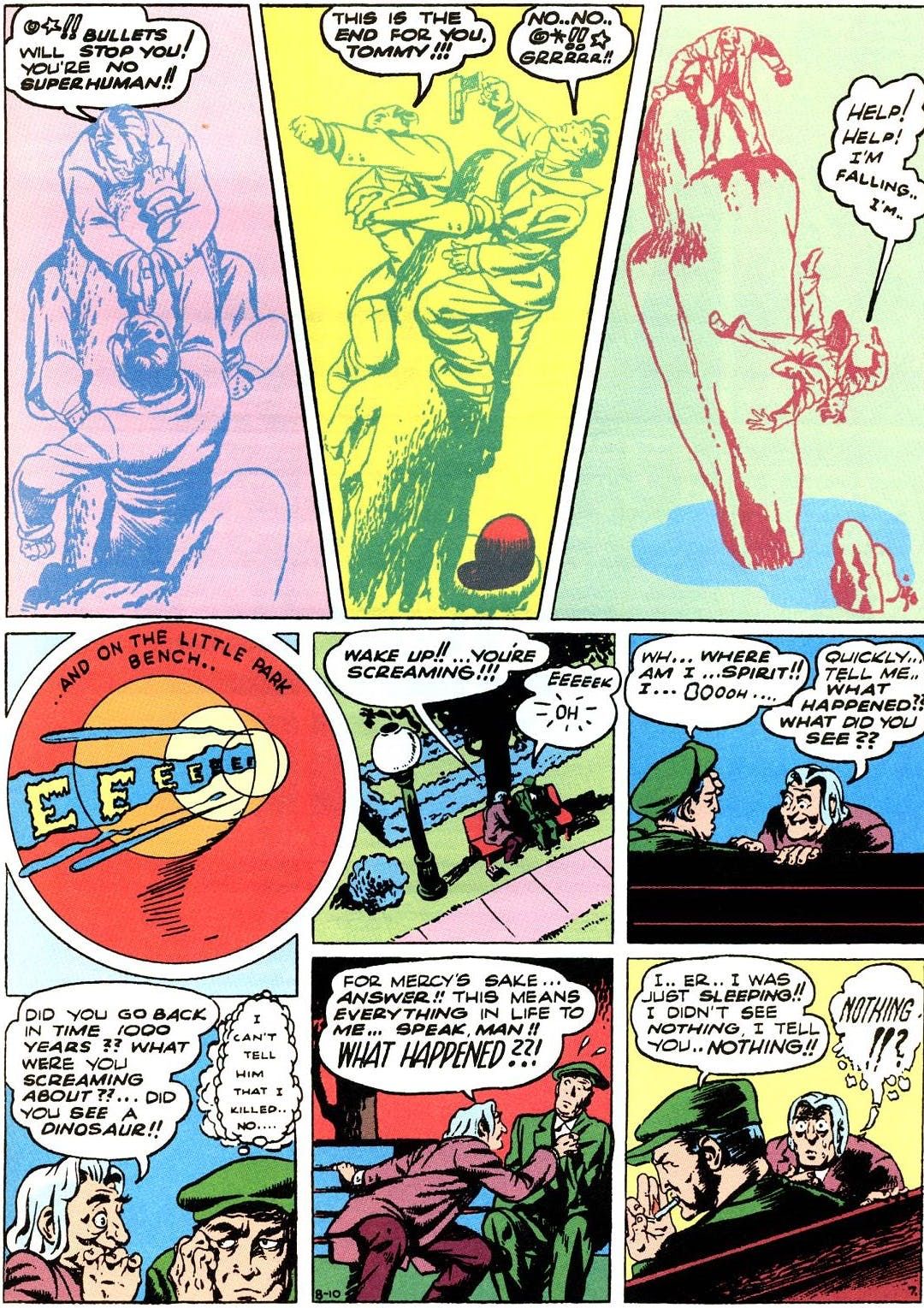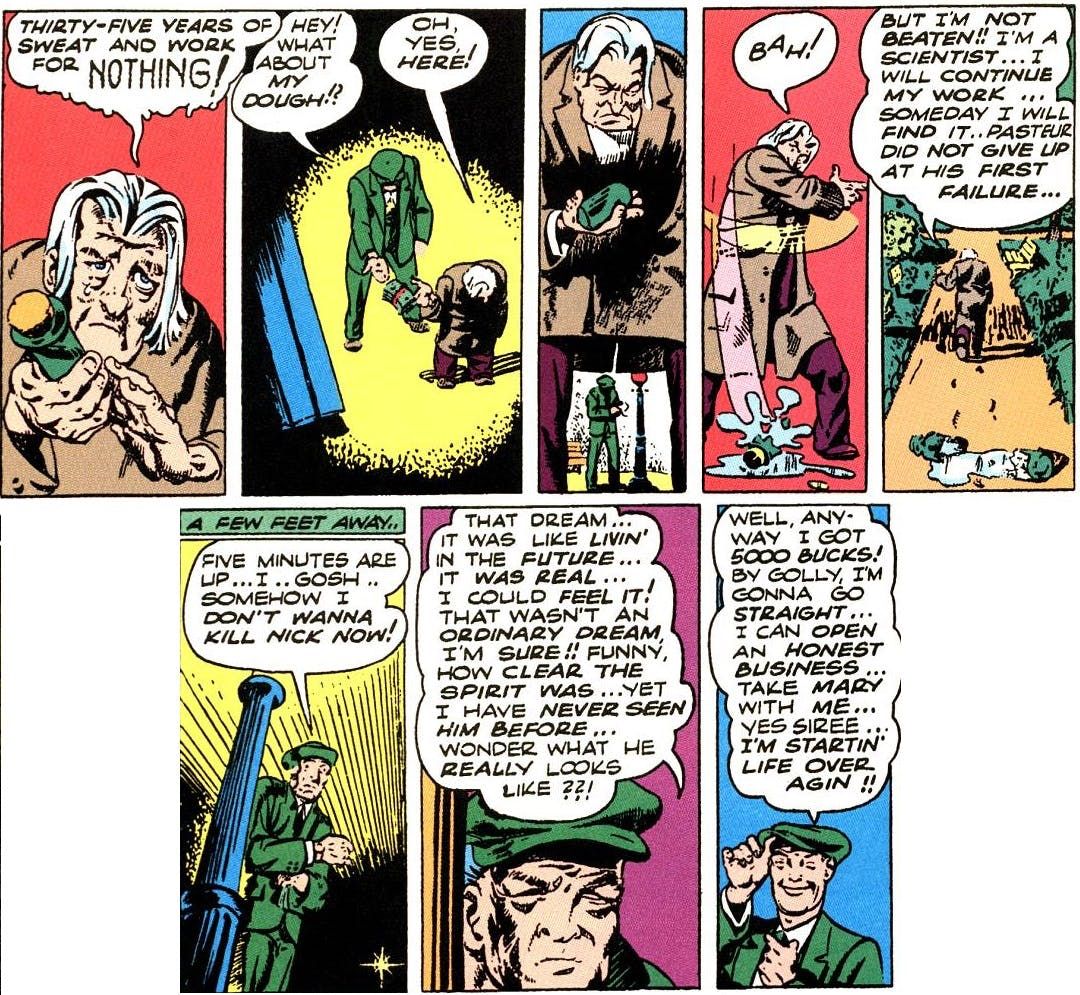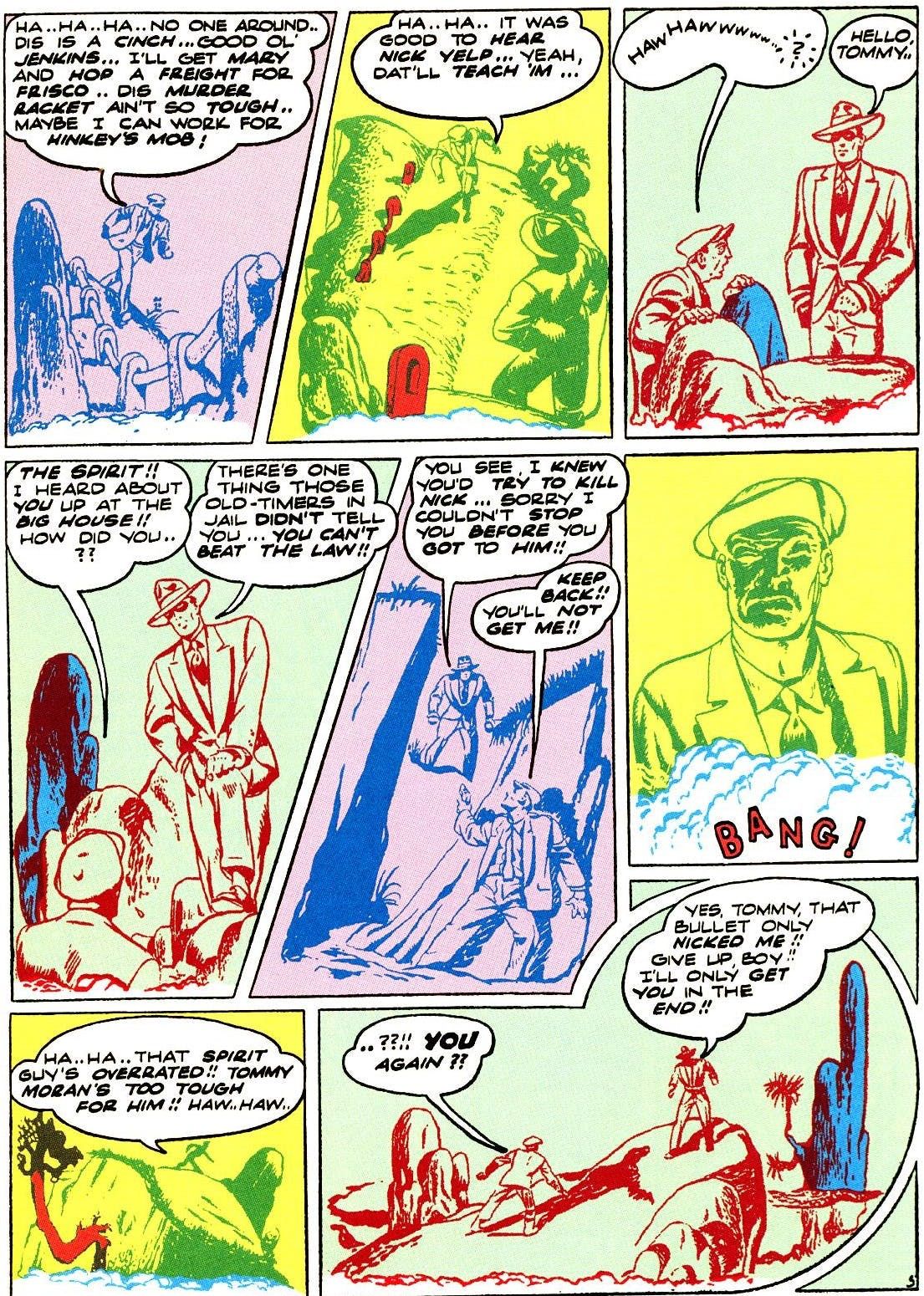The countdown begins now!!!
Here are the next five writers that you voted as your favorites of all-time (out of roughly 1,008 ballots cast, with 10 points for first place votes, 9 points for second place votes, etc.).
39 (tie). James Robinson - 255 points (4 first place votes)
James Robinson has done a lot of great work in comics over the years, from the excellent Golden Age mini-series to his underrated Firearm series for Ultraverse to his compelling current series at Image with J. Bone, The Saviors. However, he is still best known for his sweeping, nearly decade-long run on Starman, starring his creation, Jack Knight.
While Jack is nominally the star of Starman, the REAL star is the city Jack and his father, Ted (the Golden Age Starman), live in - Opal City. Throughout the series, a message writer James Robinson gets across is an appreciation for the classics, and Opal City is a whole city that is BUILT around that notion - that the classic stories need a city, too, and that's what Opal City. This leads to the Shade, a classic villain who Robinson re frames as an almost immortal man who just wants to enjoy his time in Opal City, the city he loves. The Shade even ended up getting his own series!
There is a family of cops in Opal City, the O'Dares, who also play a major role in the series, including former crooked cop Matt O'Dare who is pushed into heroism by the spirit of his ancestor. Starman was one of the most cultured superhero comics - you'd have stuff like thugs debating the works of Stephen Sondheim!!
In fact, that'll be our sample. From #14, a spotlight on the O'Dares...
Robinson is currently writing Detective Comics for DC Comics.
39 (tie). Greg Rucka - 255 points (3 first place votes)
One of the hallmarks of Greg Rucka's work is the sheer intelligence often at display in his stories. They are often complex works that rely upon creating interesting conflicts between the various characters. One of his most famous works along this line is the Wonder Woman graphic novel he did with JG Jones where a woman murders the men who raped her. She then goes to Wonder Woman and invokes an ancient Amazon custom where she becomes under Wonder Woman's protection. That's all well and good, except that the woman did her murdering in Gotham City - so teammates Wonder Woman and Batman find themselves at odds with each other. Perhaps the most famous example is Rucka's award-winning Gotham Central storyline, Half a Life, where Renee Montoya is outed in front of her fellow cops while also being framed for murder. In a great scene, she is called into the office of her new boss, who also happens to be a lesbian herself...
Rucka is also noteworthy in how good he is with strong female protagonists - Montoya, Carrie Stetko (Whiteout), Wonder Woman, Batwoman (Detective Comics), Forever Carlyle (Lazarus), Rowan Black (Black Magick) and Tara Chace (Queen and Country) are just a handful of great female lead characters under Rucka's pen.
38. J.M. DeMatteis - 265 points (5 first place votes)
Few comic book writers are quite as dedicated to the inner workings of the human mind as J.M. DeMatteis. His works have consistently explored the inner depths of the human condition, often in ways that did not exactly scream out as being obvious at the time. For instance, likely his most famous work deals with the depression and then manic breakdown of an old Spider-Man villain, Kraven the Hunter, who had almost become a joke by the time DeMatteis wrote Kraven's Last Hunt. In it, Spider-Man underestimates Kraven and is nearly killed. Instead, he is buried alive while Kraven takes over as Spider-Man, proving himself to be (in his mind) a superior Spider-man.
Spider-Man's eventual escape was another journey to the mind of someone, this time Peter Parker...
Similarly, DeMatteis wrote a classic stretch of stories spotlighting the slow descent of Harry Osborn into madness beginning with the Child Within storyline in Spectacular Spider-Man, where we see just how badly emotionally abused Harry was by his father Norman (a few years later, DeMatteis would re-visit this idea in a Spectacular Spider-Man Annual where Spider-Man relives Harry and Norman's childhoods). Meanwhile, the fact that Harry knew Peter's secret identity was being used by Harry torment his best friend...now his enemy.
Things seemed to come to a fever pitch in #189...
Also similarly, DeMatteis wrote a classic story of the Joker dealing with seemingly killing Batman and then, well, "Going Sane."
DeMatteis is not just concerned with madness, though, of course. In Moonshadow, we see a wonderful coming of age tale. Or in "The Gift" (aka the death of Aunt May) we were treated to one of the best handlings of death in a superhero comic book that you'll ever see.
All of this doesn't even TOUCH on his wonderful work on the off-kilter superhero stories of Keith Giffen in Justice League International, where DeMatteis' dialogue brought characters like Blue Beetle and Booster Gold and Maxwell Lord fully to life. He and Giffen continue their great partnership on Scooby Apocalypse.
Page 2: [valnet-url-page page=2 paginated=0 text='See #37-36']
37. Will Eisner - 258 points (6 first place votes)
For years, every week Will Eisner had to come up with a compelling Spirit story in just eight pages. His approach was to embrace the odd format and use it to try out different and sometimes outlandish idea. Like this early Spirit story where a crook is about to kill a "rat" when a scientist approaches him to have him test a drug that lets people see the future....
A whole fight sequence set in the FUTURE! That's a cool idea NOW - in 1941 it was exceptionally trippy.
After The Spirit ended in the early 1950s, Eisner spent the next two decades working for the military on various publications and also working as a freelance designer. In the late 1970s, he returned to comics with a series of graphic novels of a personal nature - most famously "A Contract With God."
36. Gerry Conway - 293 points (4 first place votes)
Thrown into the mix of being the first ongoing scripter of Amazing Spider-Man after Stan Lee was a daunting task for young Gerry Conway (only in his early 20s at the time), but Conway responded to the call with flair and distinction with a memorable run that still resonates to this day.
In his 40 issues on Amazing Spider-Man (#111-149), Conway did more than you'd see in a HUNDRED issues of most other comics. He introduced one of Marvel's biggest characters, the Punisher, he developed Mary Jane Watson into one of the best supporting characters in Marvel Comics history, he introduced the world to the idea of the "Clone Saga" and, most notably of all, he wrote one of the single most famous Spider-Man storylines, the Death of Gwen Stacy, as Peter Parker loses his girlfriend to his nemesis, the Green Goblin.
The original Goblin later dies in battle with Spider-Man and Conway later establishes the second Goblin, Peter's best friend, Harry Osborn!
Conway then ended up at DC Comics, where he worked for the tail end of the 1970s and most of the 1980s, doing a number of major projects, including long runs on both Justice League of America and the Batman titles, where he was the first writer in decades to take control of both Batman titles to tell an interconnected story. Conway also created Power Girl, Firestorm, Vixen and Vibe during this stint.
Conway then returned to the Spider-books thirteen years after his first run ended to do a well-received run on Spectacular Spider-Man from #137-174 and Web of Spider-Man from #47-70 (only plots on some of the stories). In that run, he introduced the villain Tombstone and did some very strong work with Joe "Robbie" Robertson and Puma. While his original run on Amazing Spider-Man was bold and very much flying by the seat of your pants, his Spectacular/Web run was calculated and well-crafted, very much the distinction between a young writer and an experienced veteran.

